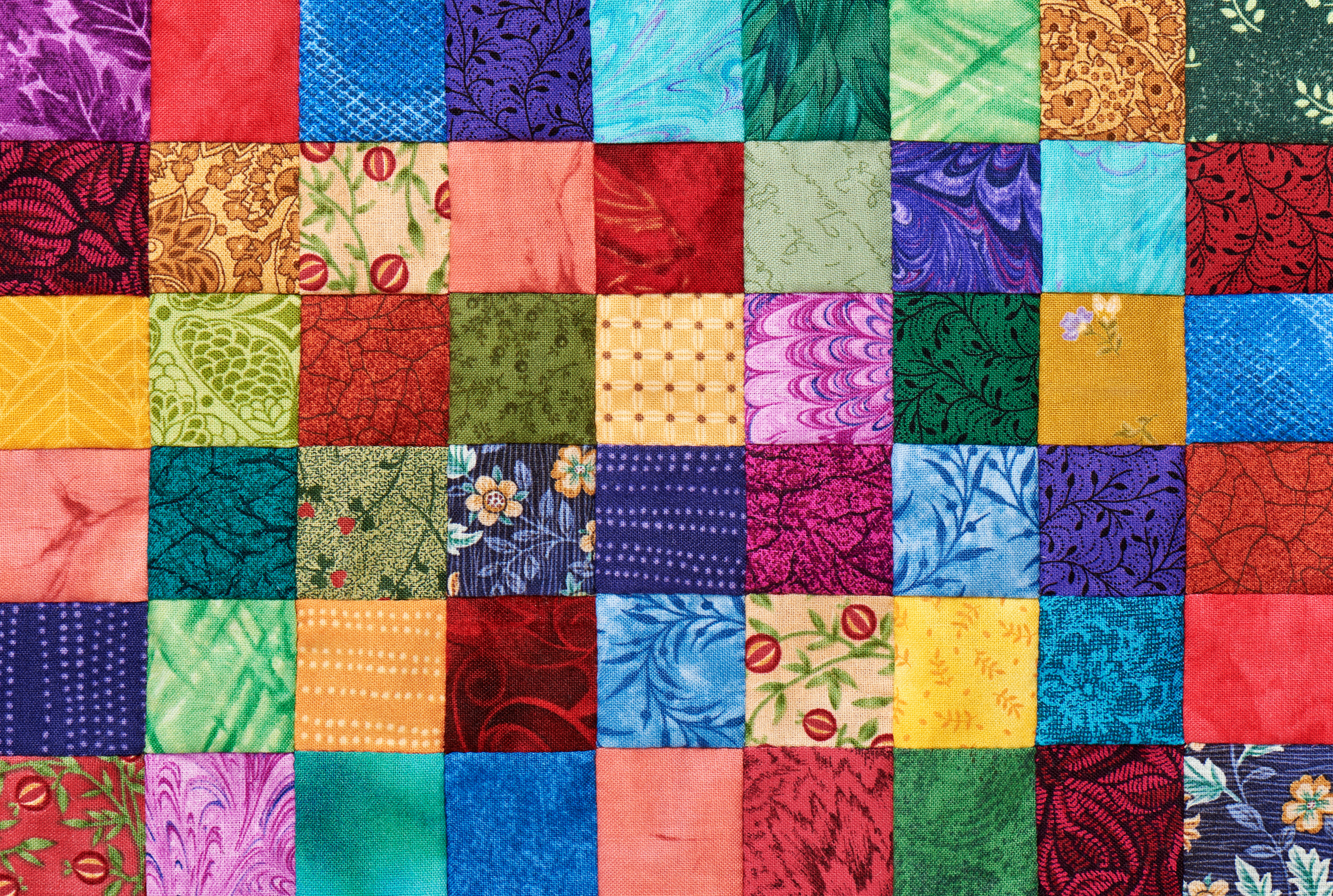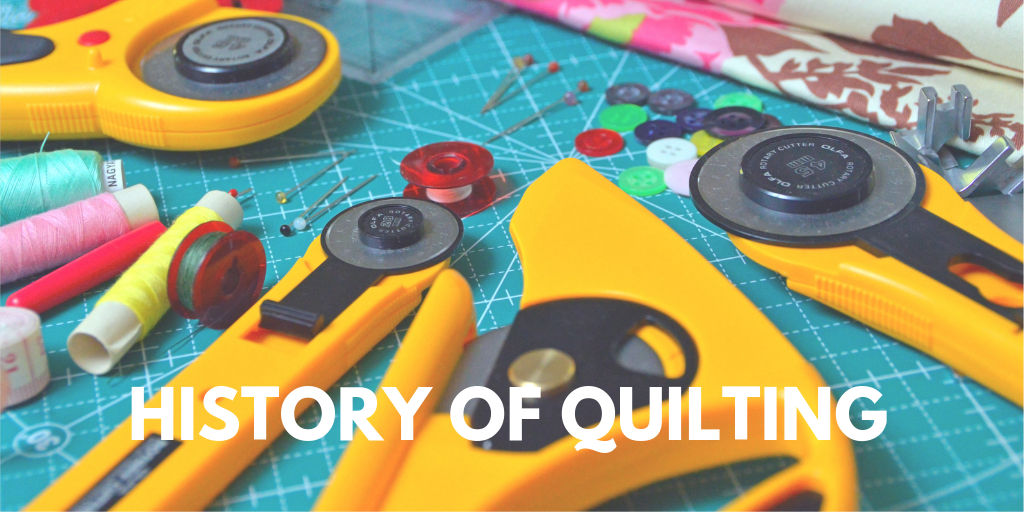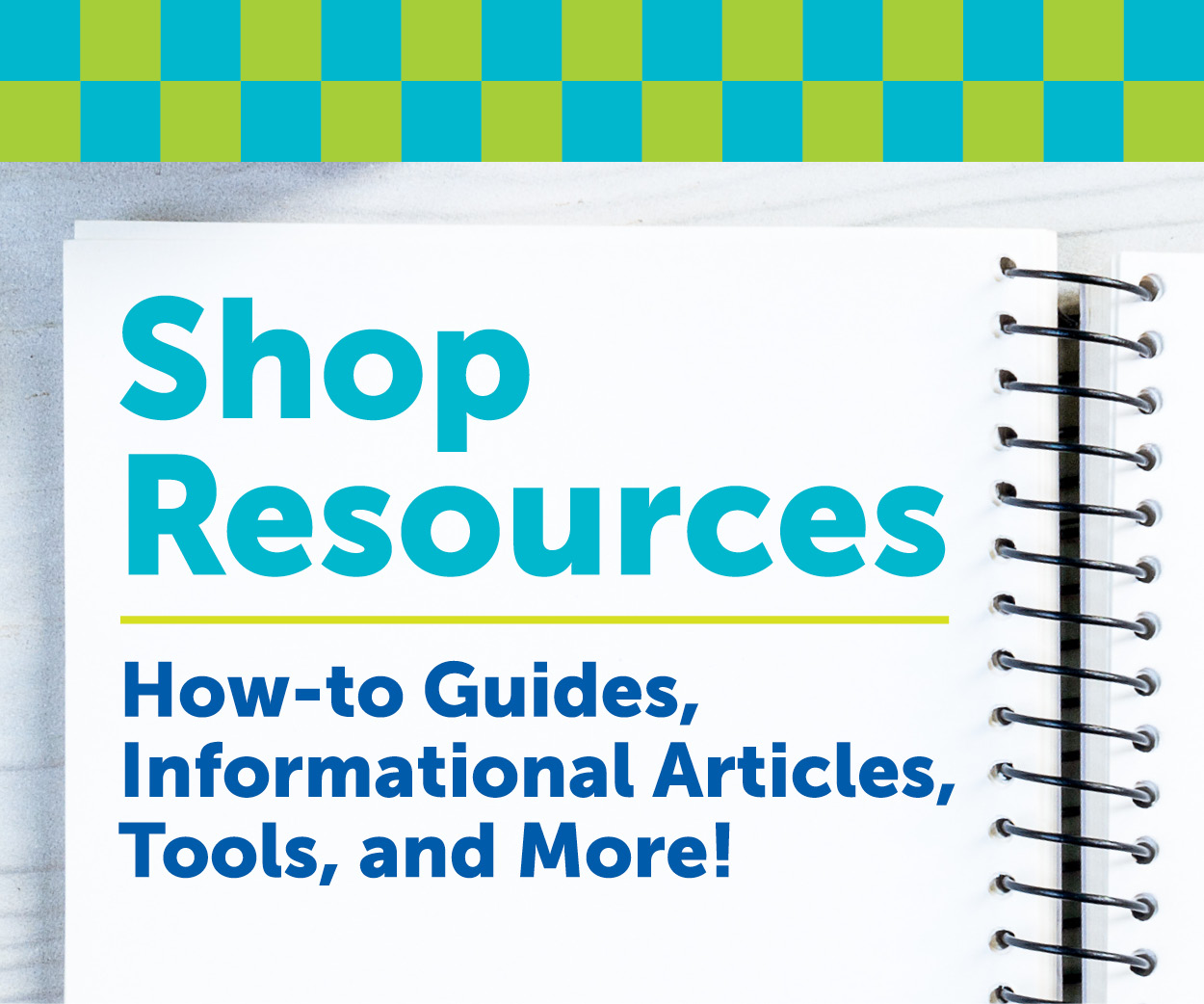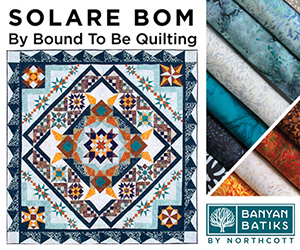
One of the best parts about being a quilt retailer is providing exclusive products consumers won’t find at big box stores. Read on for display ideas to show customers the difference.
Exclusive for a reason
It’s hard to keep up with Amazon and other big box retailers. But displaying the difference is not only motivation for you but a good reminder for customers as well. Below are some ideas to get you started.
- Display product after multiple washings
- Benefits of using your store’s tear-away for decorative stitches compared to the competitor
Your display should show the customers the difference, which goes much further than telling them. Every crafter has created a project that didn’t meet their standards due to product defect. As the product expert, help establish trust with your customers by helping them to avoid the same pitfall.
Inspiration for this post came from “Stable Foundations” by Kay Brooks published in the August 2022 issue of American Quilt Retailer.
AQR Academy LIVE Discount Code
Regret missing the first ever AQR Academy LIVE event this past April? You can save $50 by registering now for the next AQR Academy LIVE event by entering code LIVE50 at checkout.
What are you waiting for? Secure your spot now — the event is less than 30 days away!
If you’re looking for more information to guide you in owning a retail business, subscribe to American Quilt Retailer today. Already a subscriber? No worries—join our Facebook group for insights and dialogue from industry specialists like you. And don’t forget, you can always purchase single issues if you prefer that instead.







